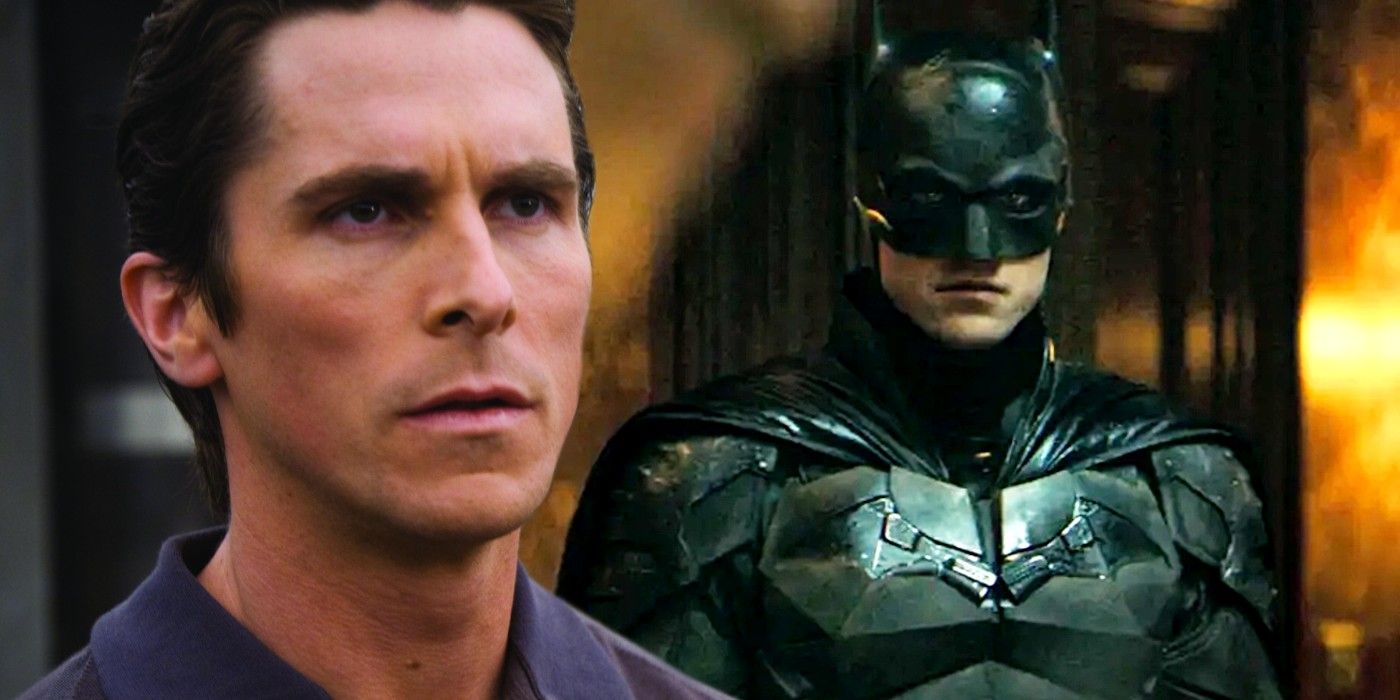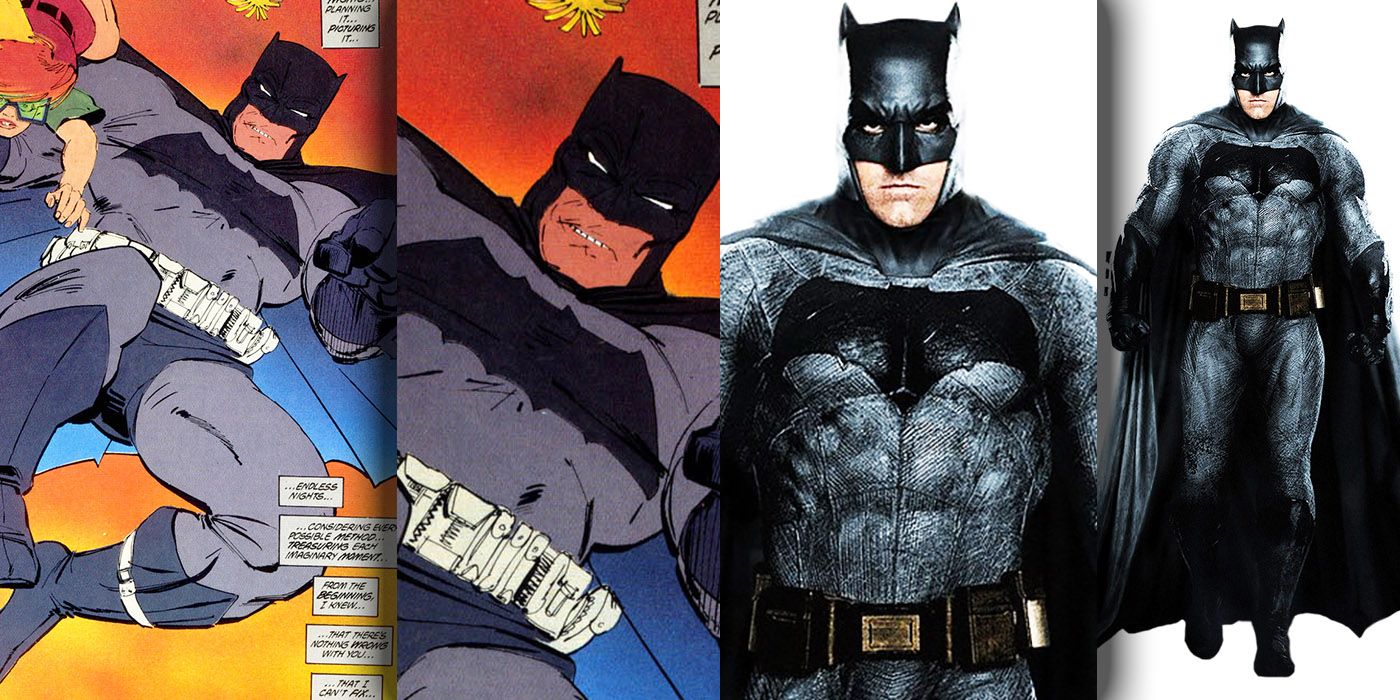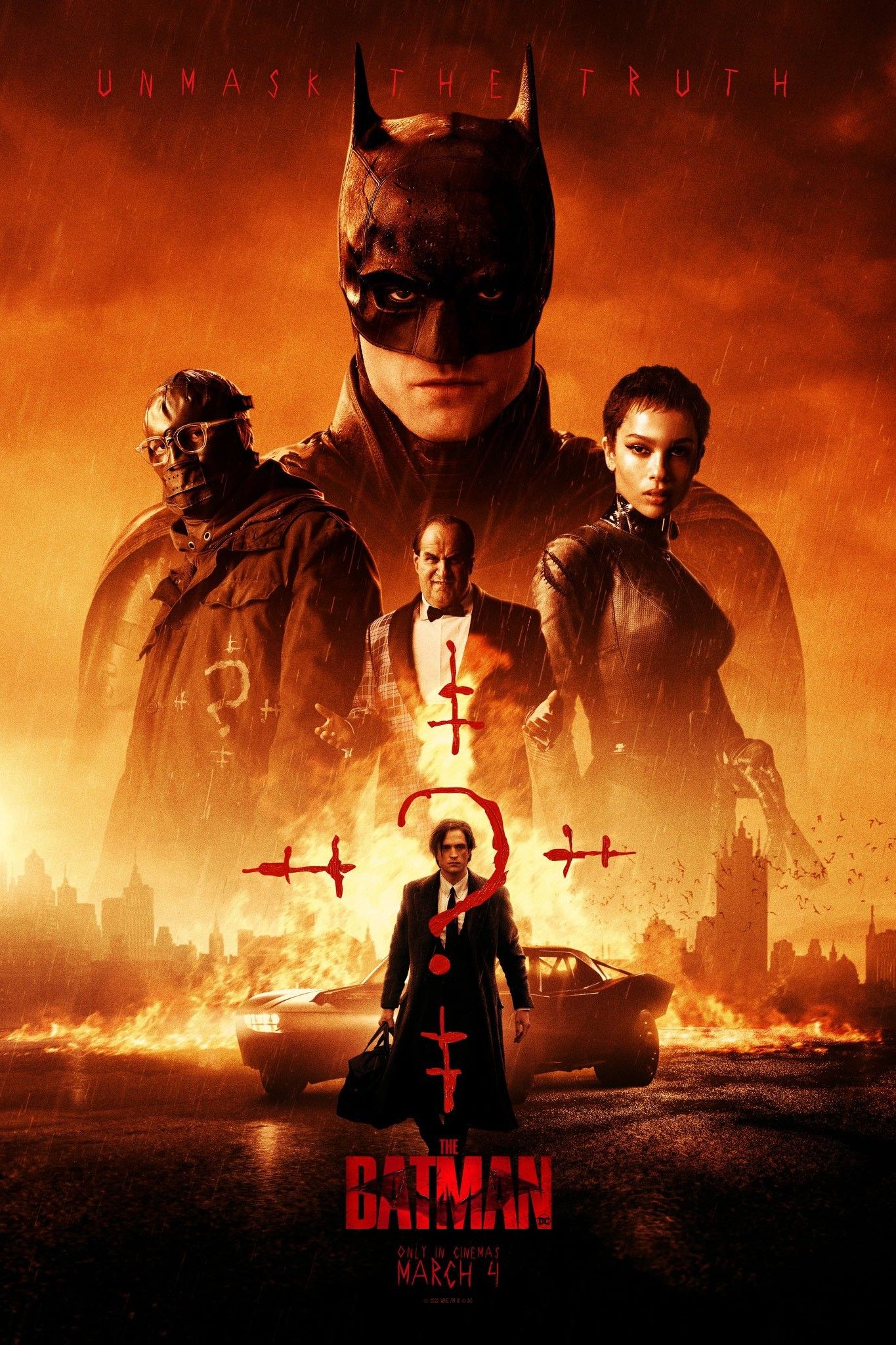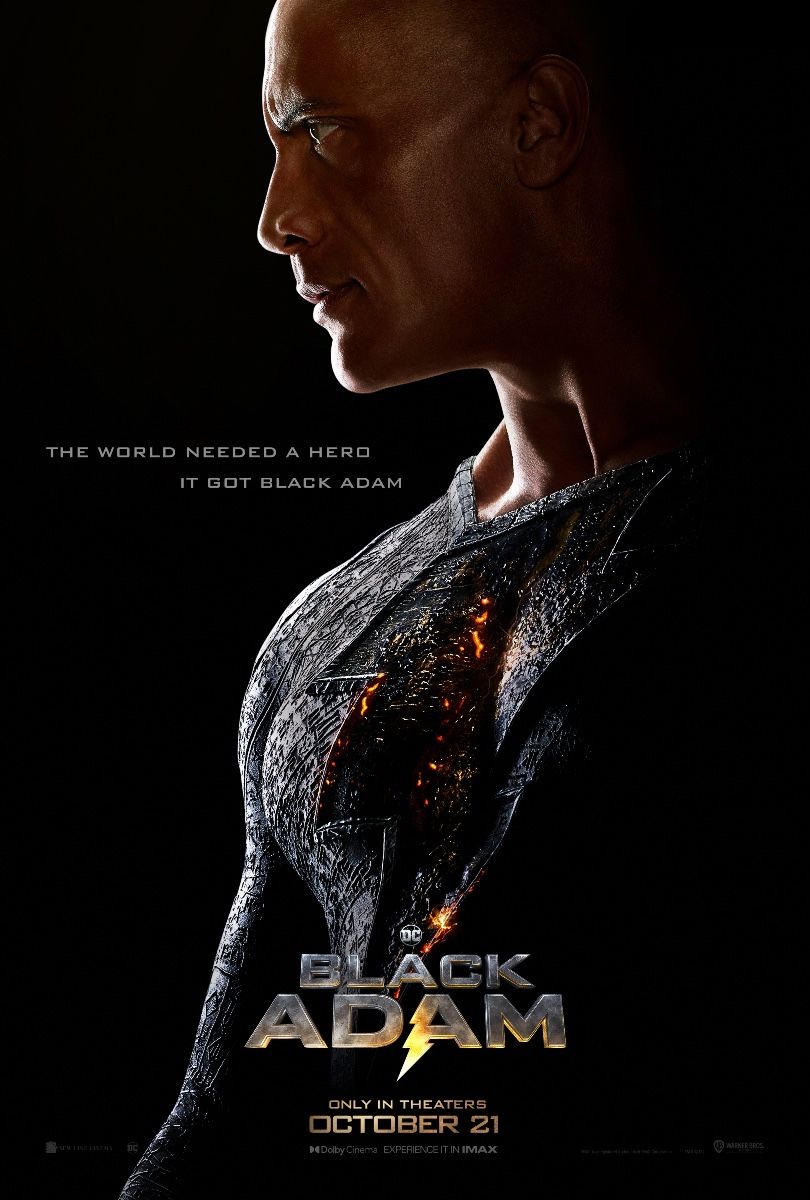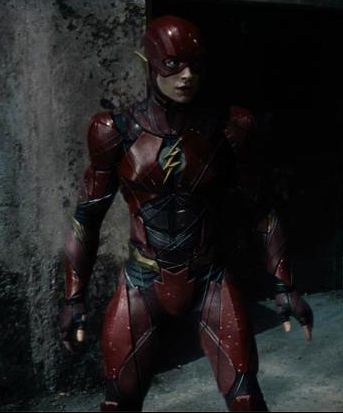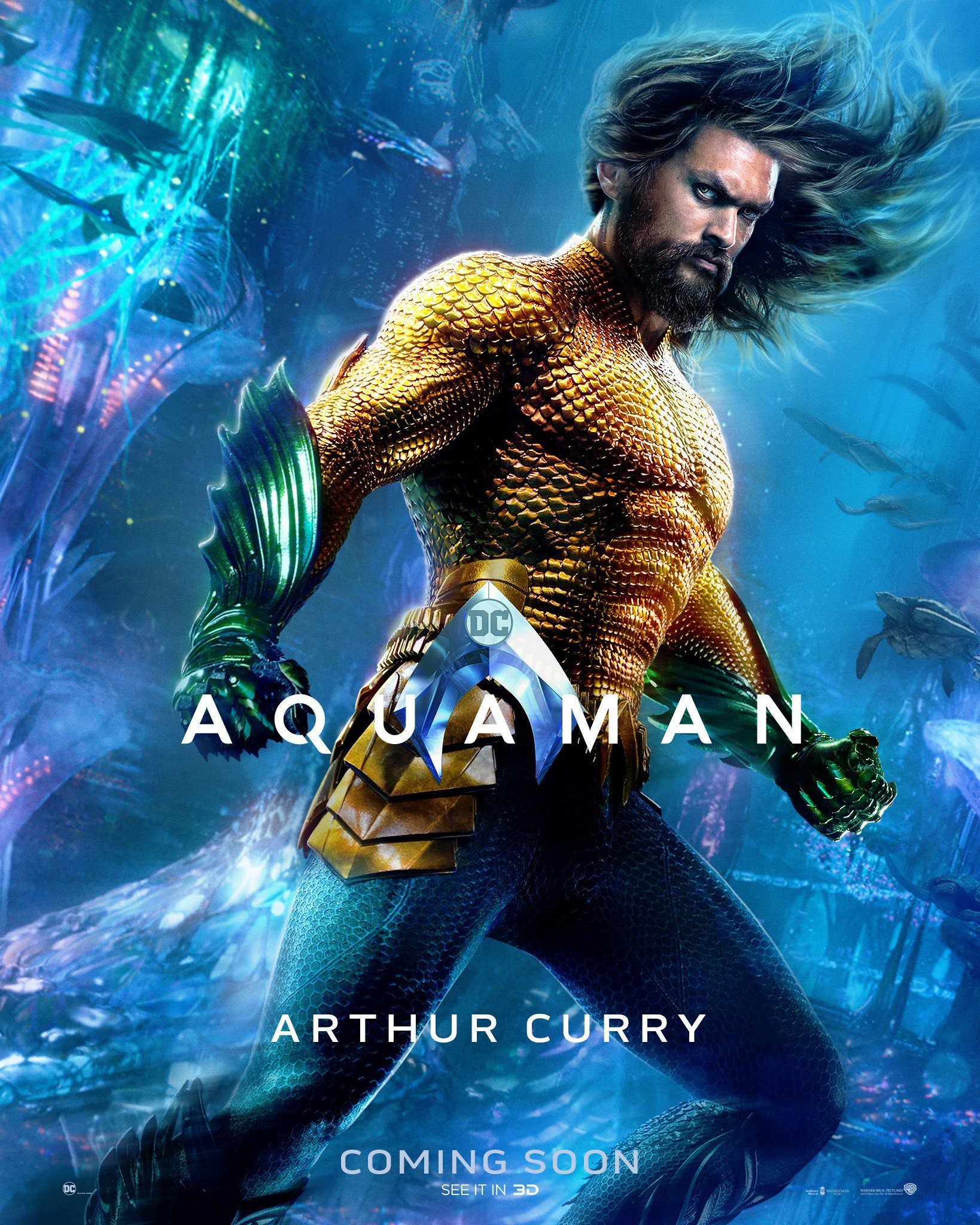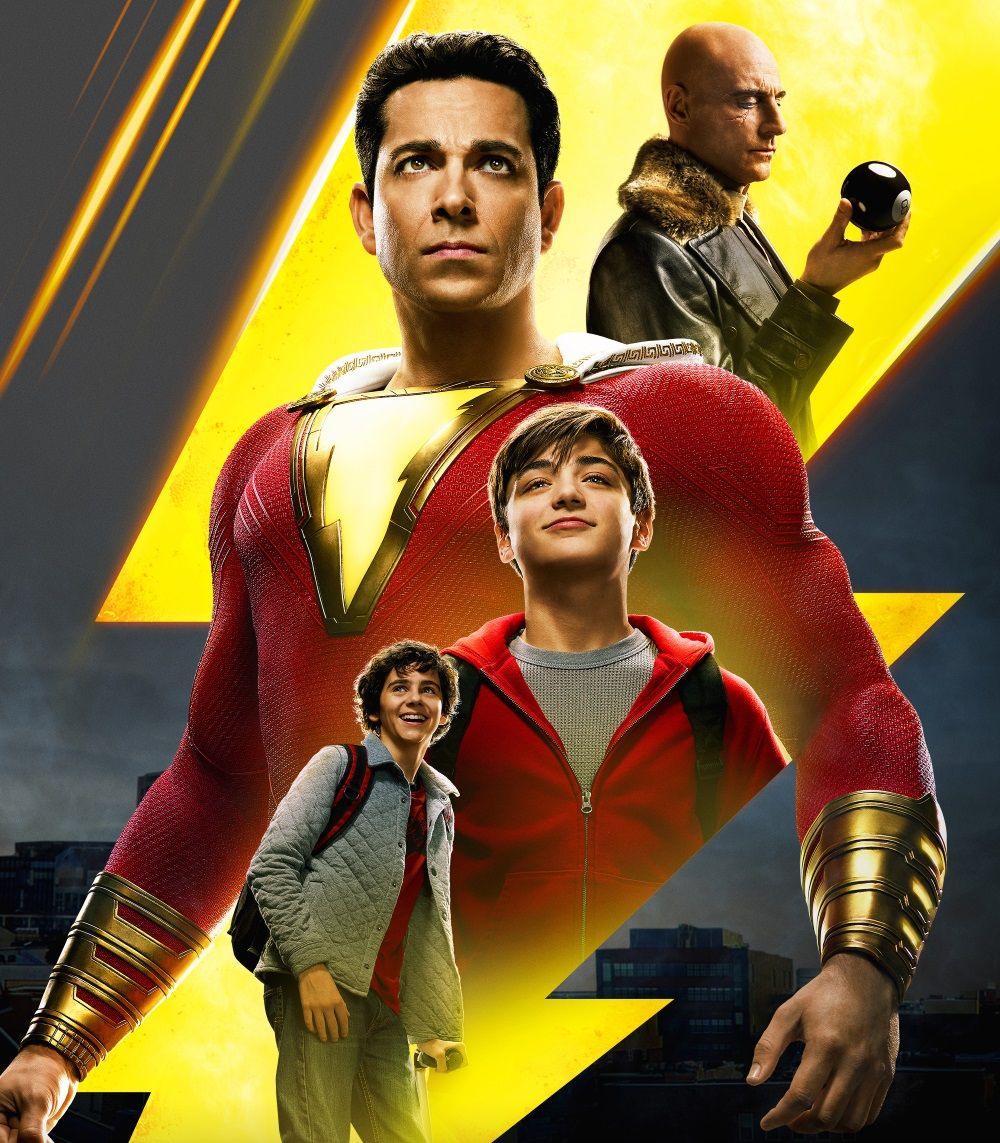Batman movies, more so than any other superhero films, are obsessed with realism and that obsession hurts the Dark Knight. There is this innate tendency to place Batman in a world that looks and feels like our own. Christopher Nolan started this trend in 2005 with Batman Begins and it’s been around ever since with Joker and Matt Reeves’ upcoming villain-riddled The Batman following suit. These films, while perfectly capturing certain elements of the character, reject Batman’s broader comic book nature. In doing so they lack a certain quality that many are looking for.
To be clear, this doesn’t mean that Batman films that rely on realism are inherently bad. The best Batman films have been those where it feels as if the character could step through the screen and continue to fight crime. And, one only has to look at box office numbers and reviews to understand why Warner Bros. may give preference to Batman films of this nature. These grounded Batman films have obviously fared far better, both financially and critically, than Zack Snyder’s more comic book accurate Batman. However, this shouldn’t be taken as a direct correlation between realism and box office.
Snyder’s take on the Caped Crusader has its problems, there’s no denying that, but there is also no denying he got a lot right as well. Perhaps the reason many latched on to Ben Affleck’s Dark Knight was because it wasn’t constrained by realism and maintaining a veil of plausibility. Instead, Snyder’s Batman leaned into the comic book mythology largely ignored by Nolan. This Batman gave audiences a taste of what they had been missing in the films more concerned with practicality than theatrics. Unfortunately, this does more harm than good in respect to the Dark Knight’s on-screen potential.
While realism is great for exploring Batman’s inner state, it inadvertently places limitations on the creative aesthetic of the character. All black armored Batman suits are perfectly acceptable and impressive, but it’s not the same as seeing Batman in black and gray. Sadly, the black and gray is often one of the first casualties to realism as it’s less practical for stealth operations. The same goes for the Batmobile where style is often lost in favor of utility. Part of Batman’s appeal is his aesthetic and theatricality, which is not always “practical.”
Establishing this highly realistic and tangible Batman also hurts his chances of ever teaming up with members of the Bat-Family. This is a severe impairment in portraying Batman because it eliminates the possibility to explore his role as a mentor, something seldom explored in live-action films. One would be hard-pressed to imagine Christian Bale’s Batman training teenagers to fight alongside him. However, even though Batman is known for his desire to work alone, his actions in the comics betray this sentiment. The Dark Knight’s ability to mentor is a significant component of his character and the lack of its representation in film is an incredible oversight.
The desire to associate Batman with realism is understandable given he’s one of the few heroes with no powers. The thought process being that the Dark Knight is more relatable when portrayed as an ordinary human. However, this desire to lean into the practicality of the character is misguided. Batman is anything but ordinary and always portraying him as such places him in a box. Batman only appears normal because he fights alongside heroes like Superman and Wonder Woman, very much as a man among gods. Until directors understand this, they will continue to hold the character back with the constraints of realism. The Dark Knight deserves the opportunity to shine in all this comic book glory the same as any other hero.

